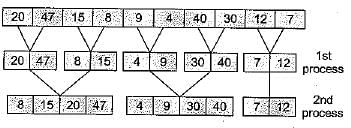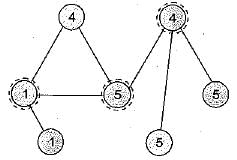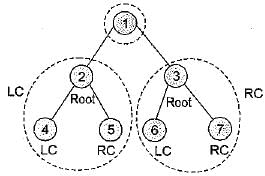Test: Dynamic Programming, P & NP Concepts- 3 - Computer Science Engineering (CSE) MCQ
10 Questions MCQ Test Question Bank for GATE Computer Science Engineering - Test: Dynamic Programming, P & NP Concepts- 3
The number of spanning trees for a complete graph with seven vertices is
If one uses straight two-way merge sort algorithm to sort the following elements in ascending order:
20, 47, 15, 8, 9, 4, 40, 30, 12, 17
Then the order of these elements after second pass of the algorithm is
20, 47, 15, 8, 9, 4, 40, 30, 12, 17
Then the order of these elements after second pass of the algorithm is
| 1 Crore+ students have signed up on EduRev. Have you? Download the App |
Consider the following sorting algorithms:
1. Quicksort
2. Heapsort
3. Mergesort
Which of them perform in least time in the worst case?
1. Quicksort
2. Heapsort
3. Mergesort
Which of them perform in least time in the worst case?
The number of articulation points of the following graph is:
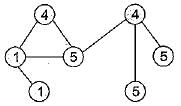
Consider the following tree:

If the post order traversal gives ab - cd * + then the label of the nodes 1, 2, 3, ... will be
The expression tree given in figure evaluates to 1, if

1. a = - b and e = 0
2. a = - b and e = 1
3. a = b and e = 0
4. a = b and e = 1
Match List-I with List-ll and select the correct answer using the codes given beiow the lists:

Codes:
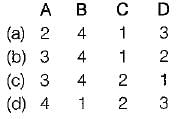
Consider the following tree:
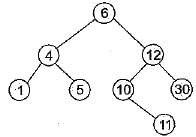
If this tree is used for sorting, then a new number 8 should be place as the
The order of a B-tree is defined as the
The depth of a complete binary tree with ‘n’ nodes is (log is to the base two)
|
63 videos|8 docs|165 tests
|
|
63 videos|8 docs|165 tests
|


